Subscribe to Old Baseball Photos and Essays for automatic updates (sign-up block found in right side-bar)
As a Free Bonus for subscribing, you’ll get instant access to my two Special Reports: Memorable World Series Moments and Gary’s Handy Dandy World Series Reference Guide!
Rube Waddell Photo Gallery
Click on any image below to see photos in full size and to start Photo Gallery:
We’re Contacted by Descendant of Hall-of-Famer, Rube Waddell!
“Rube Waddell was the greatest pitcher in the game, and although widely known for his eccentricities, was more sinned against than sinner.” –Connie Mack
We’ve said many times we always love it when relatives of former ball players contact us. It doesn’t matter if the player was a star or a sub. Anyone who makes it to the majors is special in our eyes. In this case, when the player is not only a Hall-of-Famer, but is also one of game’s most beloved characters, that makes it even more exciting.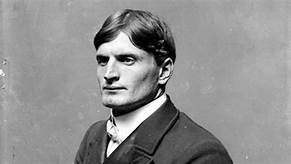
Todd Waddell, a distant nephew of Hall-of-Fame pitcher Rube Waddell, recently contacted me. One of baseball’s great eccentrics, Rube was fittingly born on Friday, the 13th (October 13, 1876), and died on April Fool’s Day (April 1, 1914). Todd isn’t exactly sure of his direct lineage back to his famous uncle, but vividly remembers he first started hearing stories about him from his father’s side of the family when he was about 10 years old.
Shop MLB.com. The Official Online Shop of Major League Baseball.
Rube Waddell played 13 seasons in the majors (1897-1910), his best years coming with the Philadelphia Athletics (1902-1907). Under the fatherly influence of the saintly Connie Mack, Rube emerged as one of the most dominant pitchers of the early Deadball Era.
However, Waddell’s drinking problems and a series of injuries in 1905 and 1906 began to erode his relationships with his Athletics teammates. The A’s traded Rube to the St. Louis Browns after the 1907 season where he spent the last three years of his career. He compiled a 193-143 career record (.574), with a 2.16 ERA and 2,316 strikeouts.
Career highlights include winning the pitching Triple Crown in 1905, leading the American League in wins once, in ERA seven times, and in strikeouts six times. He had a year for the record books in 1905, when he posted a 27-10 record (.730), leading the league in wins, ERA (1.48), and strikeouts (287). Rube had four 20-win seasons, and in 1904 set the major league record for strikeouts in a season (349), until Sandy Koufax broke it in 1965 (382). He still holds the American League record for strikeouts in a season by a left hander.
An imposing physical specimen for the era at 6’1”, 196 pounds, Rube was a great pitcher for sure, but he’s remembered more for his zany exploits on-and-off the field, as this paragraph from his SABR biography nicely sums up:
“Known to occasionally miss a scheduled start because he was off fishing or playing marbles with street urchins, Waddell might disappear for days during spring training, only to be found leading a parade down the main street of Jacksonville, Florida, or wrestling an alligator in a nearby lagoon. Despite these and other curious distractions, Waddell’s immense physical ability was undeniable. He complemented a blazing fastball with a wicked curve and demonstrated excellent control with both. He struck out more batters, frustrated more managers, and attracted more fans than any pitcher of his era.”
The Waddell family baseball talent passed down to Todd’s father – “a fantastic ball player,” according to Todd – who had tryouts with two teams including the St. Louis Browns. Todd himself played baseball as a kid, but shifted into bodybuilding at age 13; and, at age 49, is still going strong.
With Rube considered a revered family ancestor, his descendants have always regarded him with affection. They’ve done their best to keep his memory alive. Was Rube mentally ill, as many now think? Todd’s not so sure, but readily admits Rube did some “crazy things,” including being married three times in his short life, with a horrendous second marriage and a subsequent messy divorce.
Matt Waddell, Todd’s uncle, has the largest Rube memorabilia collection in the family. Todd’s own collection includes, among many other items, a four-page letter written by Rube’s road roommate Claude Berry. The letter gives a first-hand account of the game in which Rube threw his glove down on the mound and went into the stands to “settle the score” with an obnoxious, heckling fan. He then calmly returned to the mound and proceeded to strike out the next three batters.
Todd shared some other Rube stories he picked up over the years, including the time he instructed his outfielders to sit down in the ninth inning. He then struck out the last three batters to win the game. Todd remembers hearing that Connie Mack paid Rube in small increments to be sure Rube stayed with the team: “If you gave Rube a lump sum of money he would disappear and they would find him fishing or drinking in a bar.”
We’ve all heard stories of Rube chasing fire engines, but Todd has a different take on it:
“Rube chased them because he wanted to help the firefighters fight the fire. At one time he lived in the loft of a firehouse in Wheeling West Virginia. I know of a story where he was walking down the street in the city in which a wood burning stove caught fire and was going to burn the building down. Rube proceeded to bear hug the stove and carry it outside to save the day.”
Todd also recalled the game played on July 4, 1905 in which Rube defeated Cy Young in a 20-inning game where they both pitched the entire 20 innings. Rube won the game and then turned cartwheels all the way to home plate. Later, Rube’s “donation” of the so-called “game ball” became the stuff of baseball legend. Rube may have been eccentric, but, according to Todd, he was no fool:
“That game was famous around the area and in all of baseball, so Rube – being someone who like to frequent the bars – apparently had the ‘game ball’ and traded it to the owner of a certain drinking establishment for a bar tab. The next thing you knew, the supposed ‘winning game ball’ was hanging proudly in all the other bars in the town and Rube was drinking for free!”
Todd also related what he had heard about Rube’s early demise at age 37:
“His death was related to a flood that occurred in Kentucky. All of the residents were stacking sandbags to keep the water out. So Rube, being Rube, jumped in and helped stack sandbags all day. He got very sick with pneumonia that turned into tuberculosis. He eventually went into a sanitarium. Teammates visited him and Rube would tell them as soon as he got better he would come back and show them how to pitch. But unfortunately he never got better.”
Todd was courageous enough to share with me that the alcoholism contributing to Rube’s shortened life runs through the Waddell family. Todd himself has not been immune, adding, “I had pancreatitis three times, the last time in 2010, and was on life support for a month with a 10% chance of living.” Thankfully, Todd pulled through the ordeal, resolved to change his life and his priorities, and has remained strong in swearing off alcohol ever since. One can only wish that his relative, Rube Waddell, had done the same.
Rube Waddell was elected to the Hall of Fame in 1946. Many thanks to Todd Waddell for sharing this interesting information about his eccentric and talented family relation, the great Hall-of-Famer, Rube Waddell!
Gary Livacari
Photo Credits: All from Google search
Information: Information provided by Todd Waddell; and from SABR Bioproject article on Rube Waddell by Dan O’Brien
Check out my two books, both now available on Amazon in e-book and paperback: “Paul Pryor in His Own Words: The Life and TImes of a 20-Year Major League Umpire”and “Memorable World Series Moments.” All profits go to the Illinois Veterans Foundation
Add your name to the petition to help get Gil Hodges elected to the Hall of Fame
We are a participant in the Amazon Services LLC Associates Program, an affiliate advertising program designed to provide a means for us to earn fees by linking to Amazon.com and affiliated sites. Click here to view Amazon’s privacy policy
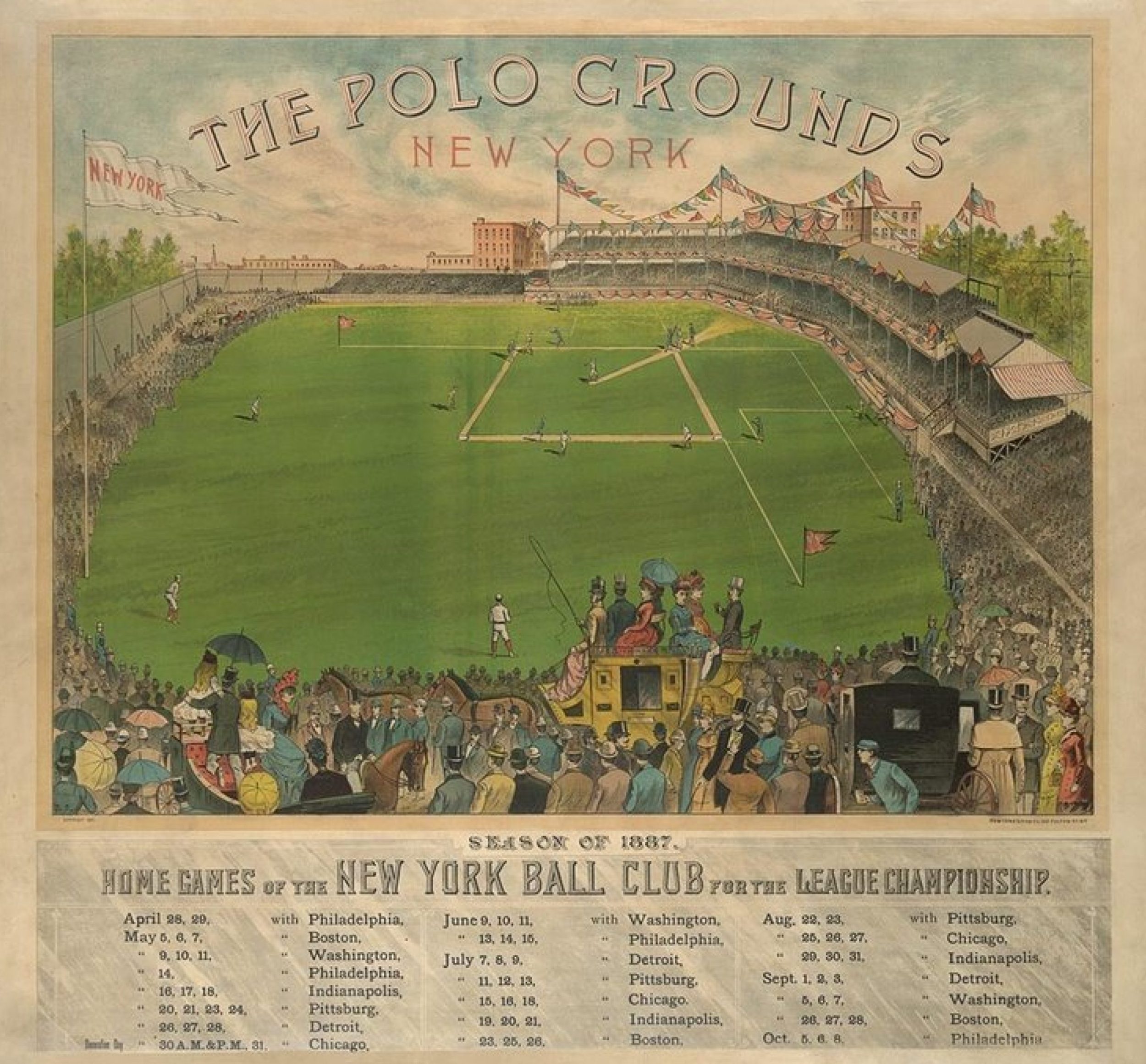
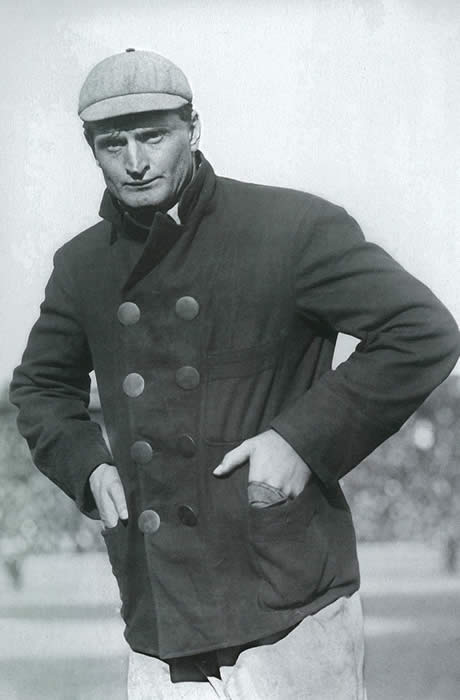
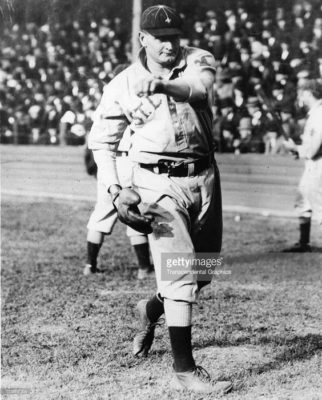
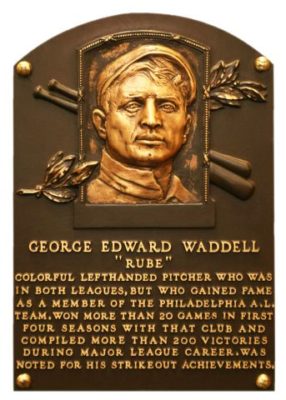
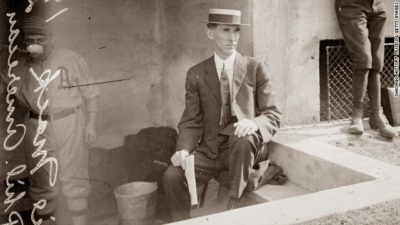
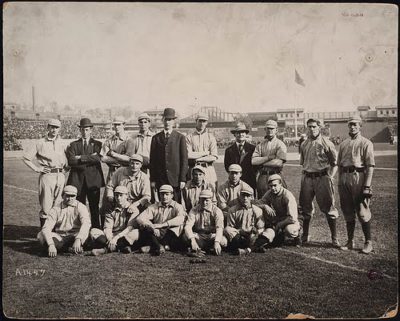
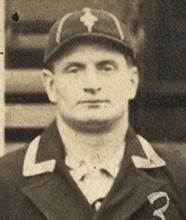
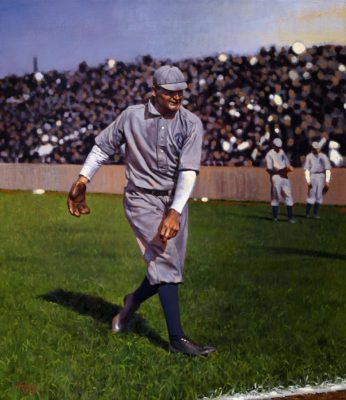
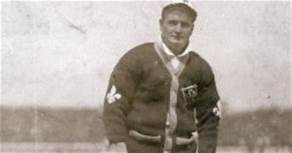
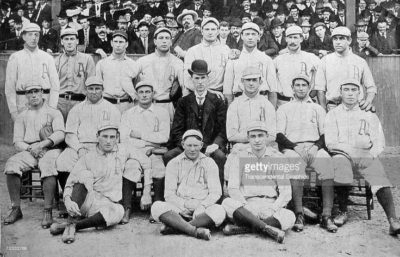
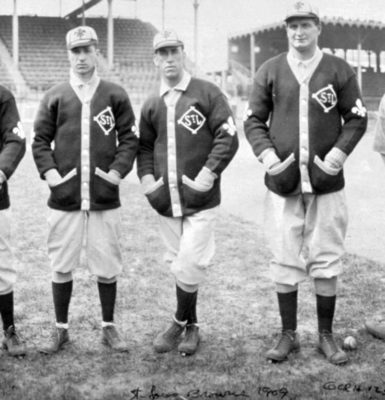
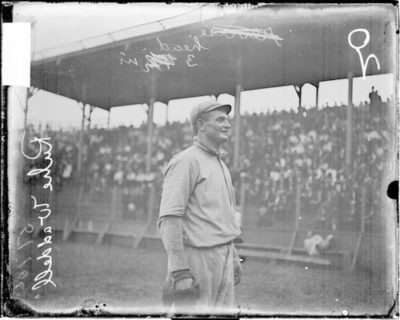
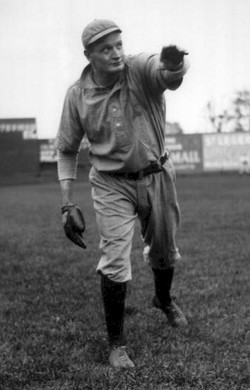
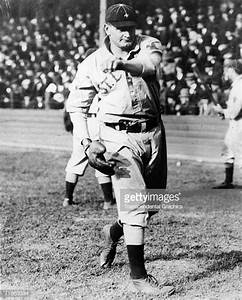
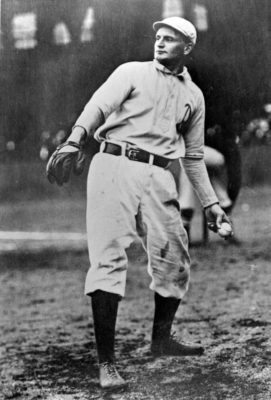
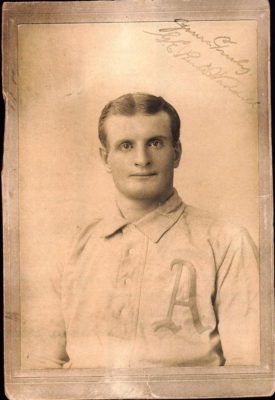
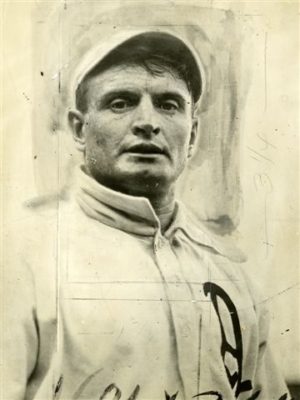
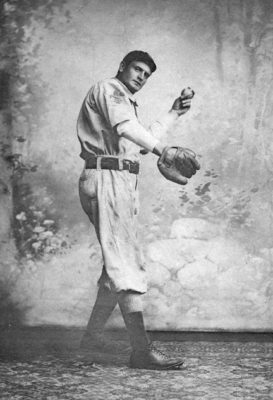
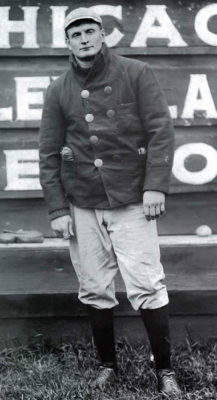
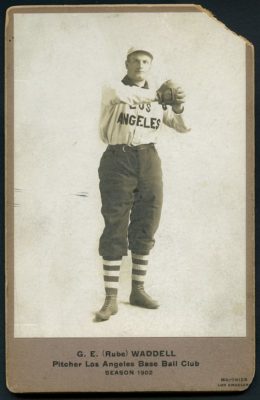

Thanks for sharing Rube’s story ! He was a great player for the A’s, played with my great great uncle Ralph Socks Seybold from 1902 thru 1907. Besides being elected to the HOF, I believe Rube is also a member of the Phila HOF, trying to get Socks on the ballot for the last few years. I’m sure Rube would endorse him !
Thanks Bill…great to hear from you!